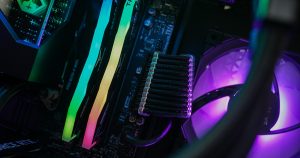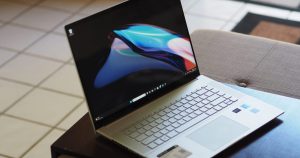In today’s fast-paced world, the ability to take efficient and accurate notes is a valuable skill that can greatly enhance productivity and effectiveness. With the advancements in technology, note-taking has evolved beyond traditional pen and paper methods to include digital tools such as speech recognition software. This article will explore the benefits of using speech recognition for note-taking, provide tips and tricks for success, and offer practical guidance on mastering this innovative tool.
Introduction
The focus keyword for this article is “Mastering Note-Taking with Speech Recognition.” In this digital age, where time is of the essence and multitasking is the norm, speech recognition has become a game-changer for individuals looking to streamline their note-taking process. By harnessing the power of speech-to-text technology, users can quickly and accurately transcribe their spoken words into written text, eliminating the need for manual typing and allowing for hands-free note-taking.
Benefits of Speech Recognition for Note-Taking
– Increased efficiency: Speech recognition software can transcribe spoken words at a much faster rate than manual typing, allowing users to capture information in real-time.
– Improved accuracy: With advancements in artificial intelligence and machine learning, speech recognition technology has become highly accurate in converting spoken words into written text.
– Accessibility: Speech recognition tools are accessible to individuals with disabilities or physical limitations that may hinder traditional note-taking methods.
– Multitasking capabilities: By using speech recognition, users can take notes while performing other tasks, such as driving or cooking, making it a versatile tool for busy individuals.
How Speech Recognition Works
Speech recognition technology works by analyzing the audio input from the user and converting it into text through complex algorithms and linguistic models. The software recognizes patterns in speech, such as phonemes and intonation, to accurately transcribe the spoken words into written text. Some popular speech recognition tools include Google Speech-to-Text, Dragon NaturallySpeaking, and Microsoft Speech Recognition.
Practical Tips for Successful Note-Taking with Speech Recognition
1. Choose the right speech recognition software for your needs, considering factors such as accuracy, language support, and compatibility with your devices.
2. Ensure a quiet environment with minimal background noise to improve the accuracy of the speech recognition software.
3. Speak clearly and enunciate your words to help the software accurately transcribe your speech.
4. Use punctuation commands such as “period” or “comma” to add punctuation to your notes.
5. Proofread and edit your transcribed notes for any errors or inaccuracies before saving or sharing them.
Future Predictions for Speech Recognition in Note-Taking
As speech recognition technology continues to advance, we can expect to see further improvements in accuracy, speed, and language support. The integration of artificial intelligence and natural language processing will enhance the capabilities of speech recognition software, making it even more efficient and user-friendly for note-taking purposes. Additionally, the development of voice-activated virtual assistants and smart speakers will further revolutionize the way we interact with technology and take notes.
Conclusion
In conclusion, mastering note-taking with speech recognition is a valuable skill that can greatly enhance productivity and efficiency in today’s digital age. By leveraging the benefits of speech recognition technology and following the practical tips and tricks outlined in this article, users can streamline their note-taking process and achieve success in their personal and professional endeavors. As speech recognition continues to evolve and improve, we can look forward to a future where note-taking is more seamless and intuitive than ever before.




